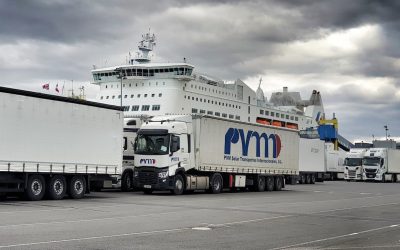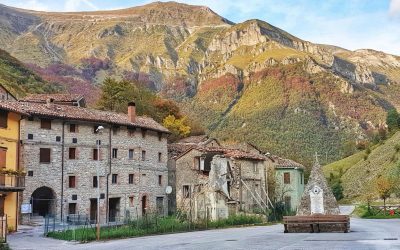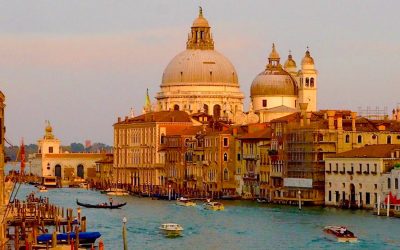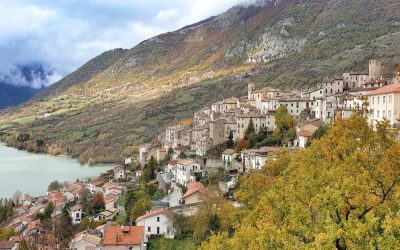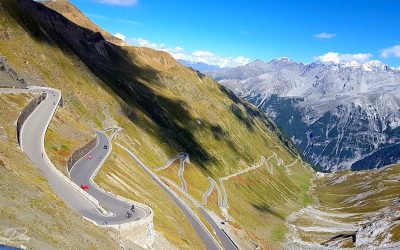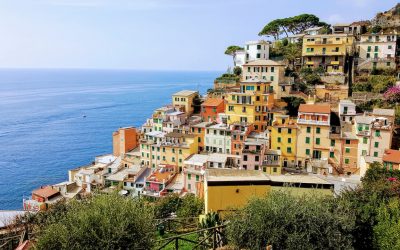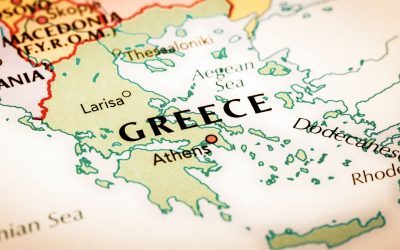The Age-old Conundrum - Road or Ferry? Europe’s shores are calling; adventure, culture and a rich tapestry of beautiful scenery awaits....
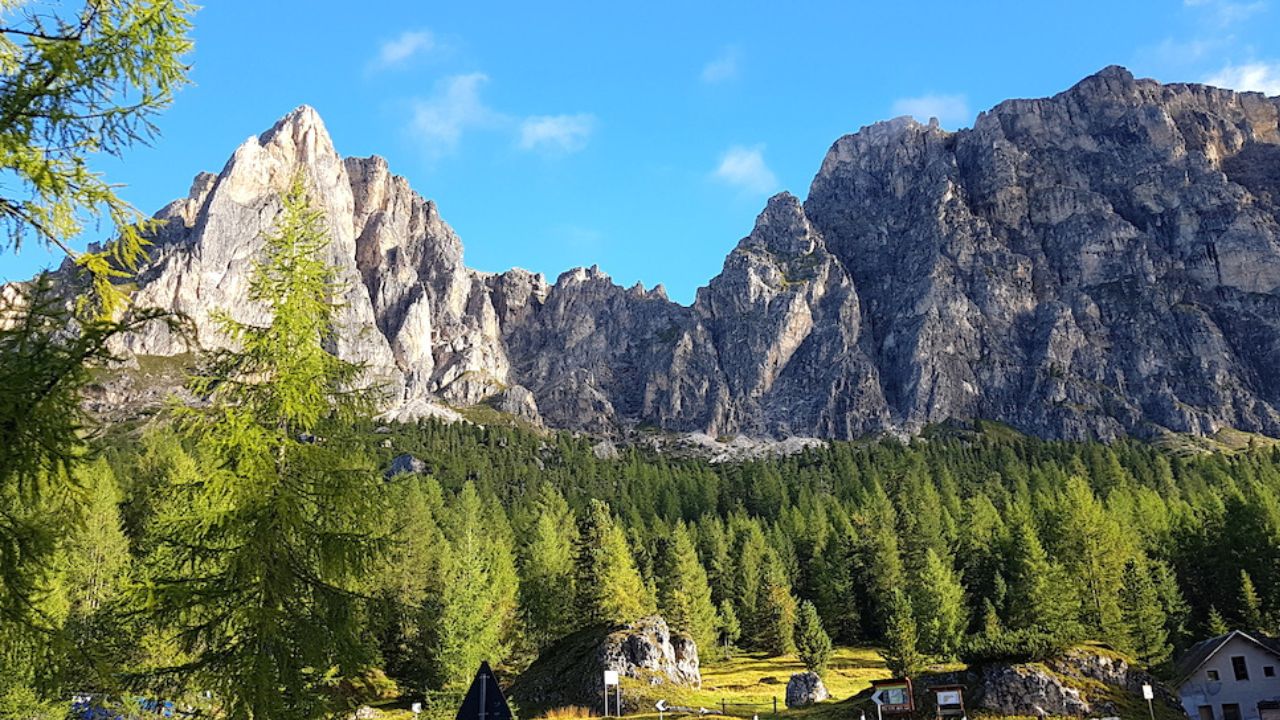
Italy
Italy
Over the years, we have ventured into Italy for over nine weeks and have a ‘love hate’ relationship. We adore the scenery, the architecture, the people are simply beautiful as is their language. The roads, however and those crazy drivers are something else again. That said, we are so often lured back to Italy; there’s just some sort of romantic magic in this landscape. We’ve a ton of videos on our escapades en Italia – including the death-defying Stelvio’s Pass, so do check those out on our Youtube Channel.
The impact of Italy’s earthquakes
The effects of traumatic events last much longer than the headlines Travel is the greatest educator, inspirer and leveller. There is...
The Four Faces of Venice
If Hollywood is the land of dreams, then Venice is the land of love. With its unique landscape of buildings submerged in the salty waters...
What’s it like visiting Italy?
Buongiorno e benvenuto! Italy has been our home for over three months in the last three years and it's been an experience of Highs and...
Driving Italy’s Stelvio Pass
Stelvio Pass, Italy - are you game for the ride of your life that gets your heart pumping, your legs wobbling and your eyes bulging with...
Visiting Italy’s Cinque Terre
Anticipation filled the autumn air as we looked ahead to Italy’s Cinque Terre. The Famous Five; a coastal stretch of Italy's Riviera that...
A Route through Italy to Greece
Sitting in Spain at the beginning of the year, we started contemplating the next chapter in our Motoroaming adventures - our Greek...
Follow us
You can find us on social media,
different channels for different content.

